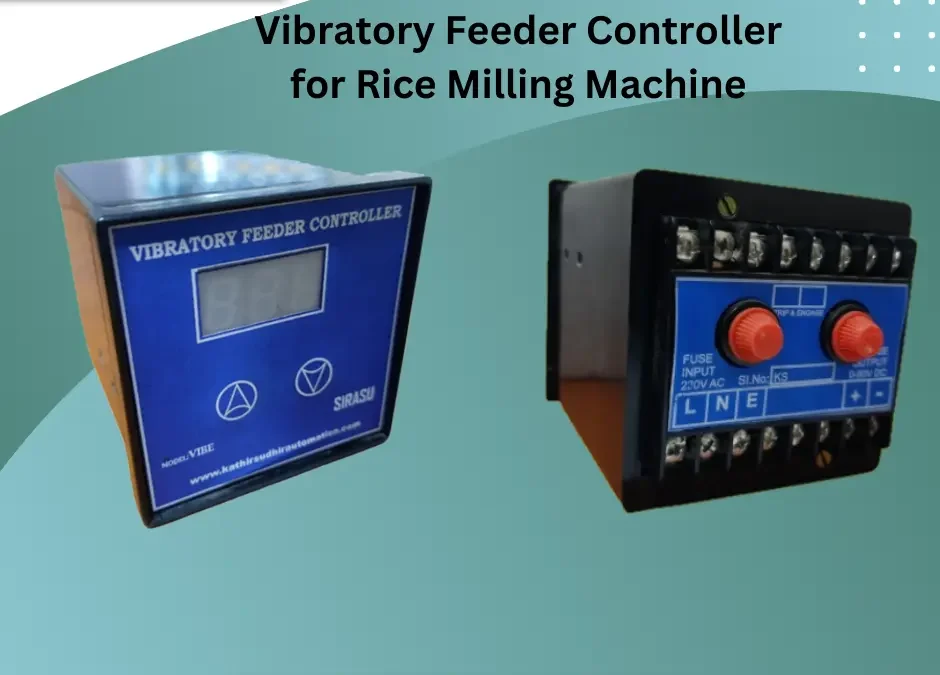In the dynamic landscape of industrial automation, vibratory feeders play a pivotal role in facilitating the smooth flow of materials in various manufacturing processes. These versatile devices rely on sophisticated control systems to regulate vibration intensity, ensuring optimal performance. In this blog post, we delve into the world of vibratory feeder controllers, specifically focusing on electromagnetic vibratory feeder controller, and compare different vibration intensity control algorithms designed for industrial applications.
Understanding Vibratory Feeder Controller
Vibratory feeders are indispensable components in material handling systems, widely employed across industries such as pharmaceuticals, food processing, and automotive manufacturing. These devices utilize vibrations to convey and transport materials efficiently. The heart of a vibratory feeder lies in its controller, which dictates the intensity and frequency of vibrations, ultimately influencing the feeder’s performance.
Key Components of Vibratory Feeder Controller
- Vibratory Feeder: The core component responsible for conveying materials through vibrations.
- Vibratory Feeder Controller: The intelligent device that regulates and controls the vibration parameters of the feeder.
- Electromagnetic Vibratory Feeder Controller: A specific type of controller utilizing electromagnetic coils to generate vibrations in the feeder.
Vibration Intensity Control Algorithms

Several algorithms have been developed to fine-tune the vibration intensity of vibratory feeders, each catering to specific industrial requirements. Let’s explore some prominent algorithms:
- Proportional-Integral-Derivative (PID) Control
- PID control is a classic algorithm used in vibratory feeder controllers.
- It adjusts the intensity based on proportional, integral, and derivative terms, ensuring a stable and accurate response to changes in material flow.
- Fuzzy Logic Control
- Fuzzy logic control introduces a degree of uncertainty, mimicking human decision-making processes.
- This algorithm is effective in handling complex and non-linear systems, making it suitable for diverse industrial applications.
- Model Predictive Control (MPC)
- MPC anticipates future behavior based on a mathematical model of the system.
- This advanced algorithm optimizes control inputs, enhancing the overall efficiency and performance of vibratory feeders.
- Adaptive Control
- Adaptive control algorithms adjust parameters dynamically based on real-time feedback, making them well-suited for applications with varying material properties.
Comparative Analysis
To determine the most suitable algorithm for a specific industrial application, it is essential to weigh the pros and cons of each. Factors such as precision, response time, adaptability, and robustness play a crucial role in making an informed decision.
Conclusion
As industrial automation continues to evolve, the importance of vibratory feeders in material handling cannot be overstated. The choice of a vibratory feeder controller and the corresponding vibration intensity control algorithm significantly influences the efficiency and reliability of material conveying processes. By understanding and comparing different algorithms, manufacturers can make informed decisions to optimize their production lines and achieve higher levels of productivity in their industrial operations.

